…And The Covaxin Patent Saga Continues: BBIL Changes the Patent Application Again
SpicyIP
AUGUST 9, 2024
The Story Till Now On one hand, COVID-19 cases are rising yet again to everyone’s surprise, and on the other, the surprises from the Covaxin patent application don’t seem to stop. BBIL then did a quick about-face on this application and issued a clarification on June 22 that they would be refiling with proper credits to ICMR.

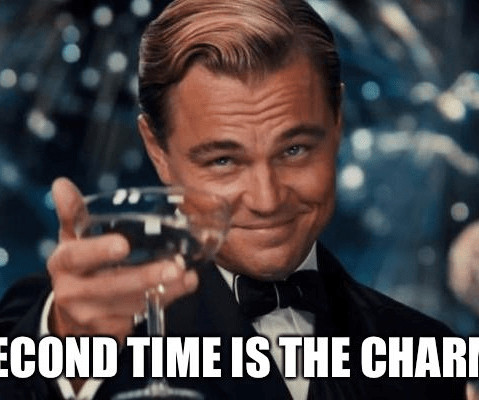


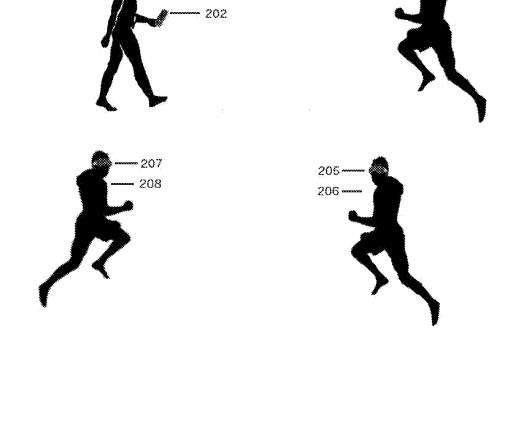
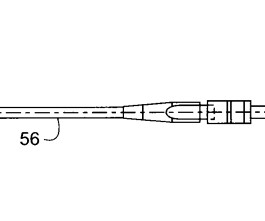


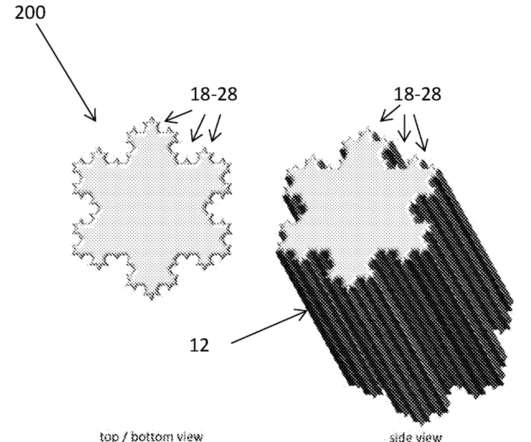
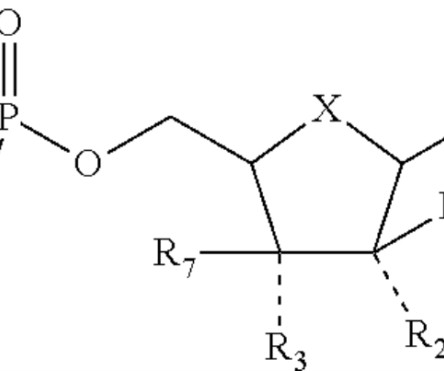
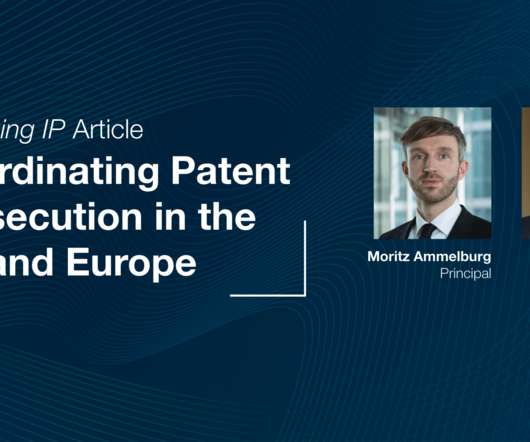
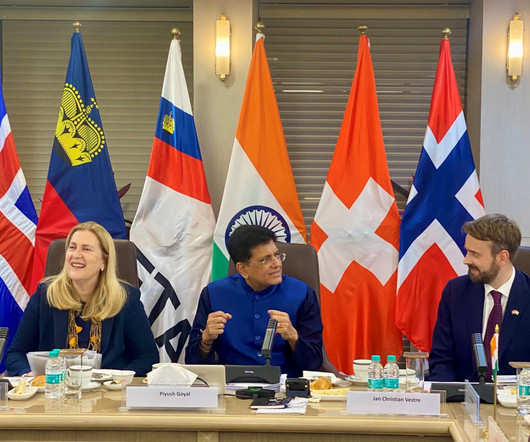

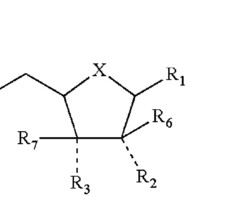









Let's personalize your content